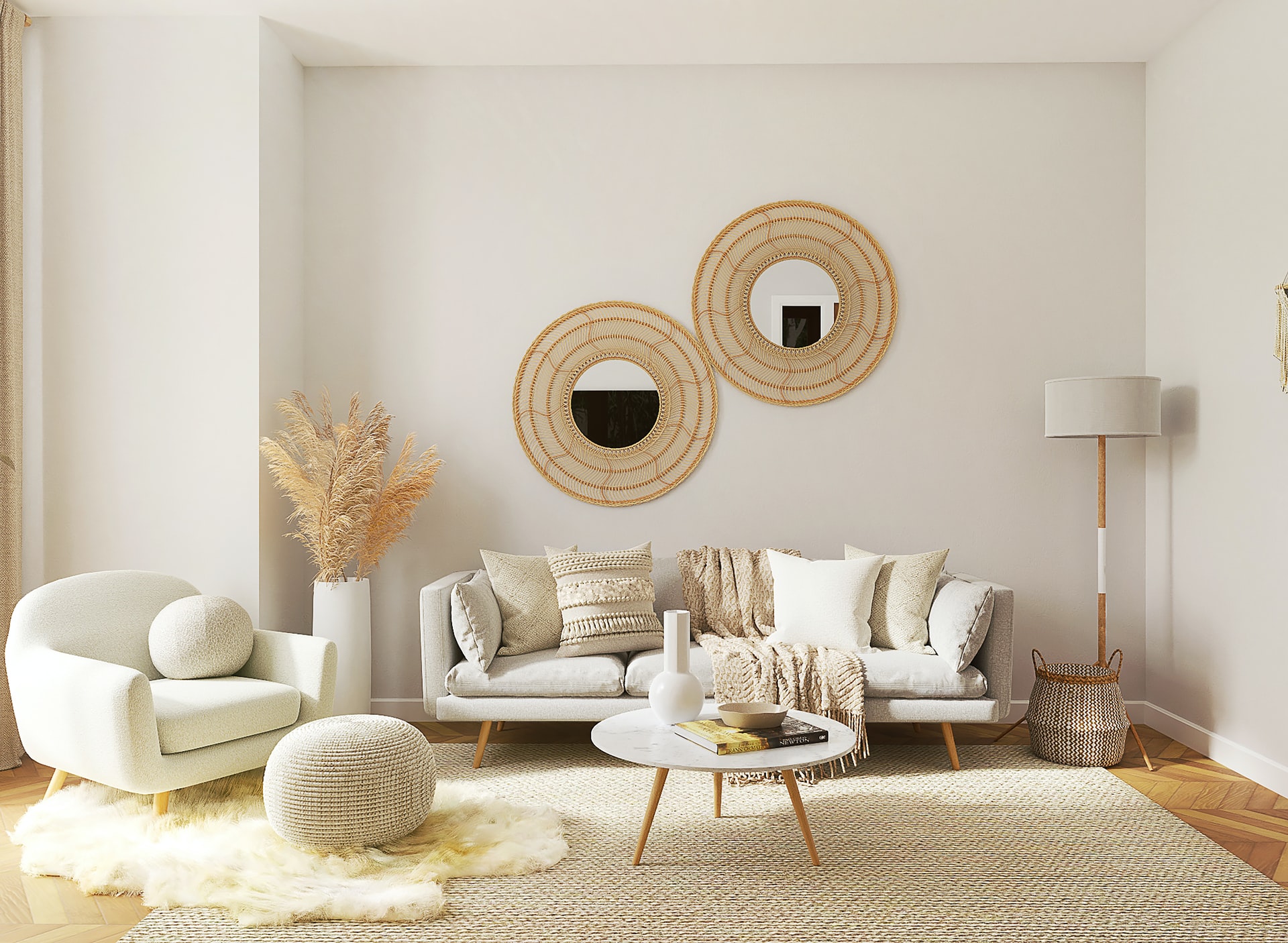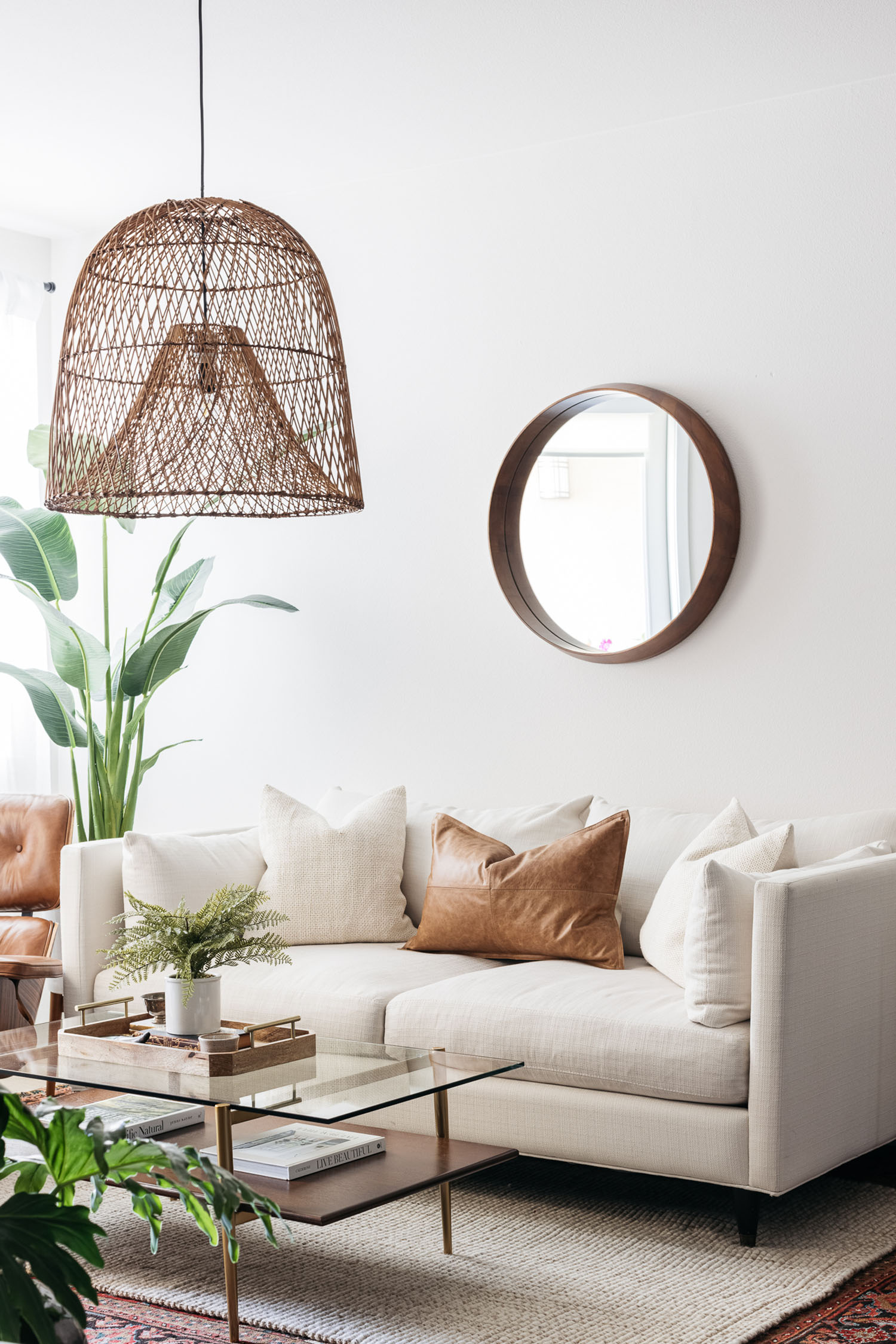
Introduction
When it comes to home decor, achieving a visually appealing and captivating environment is essential. Visual contrast plays a pivotal role in elevating your interior design game. By strategically incorporating various elements, colors, and textures, you can create a harmonious yet striking atmosphere in your living spaces. In this article, we will explore the significance of visual contrast in home decor and provide practical tips to help you achieve a stunning and cohesive look for your home.
Table of Contents
- Understanding Visual Contrast in Home Decor
- 1.1 The Power of Colors and Shades
- 1.2 Incorporating Patterns and Textures
- 1.3 Balancing Light and Dark Elements
- The Impact of Visual Contrast on Interior Spaces
- 2.1 Creating Depth and Dimension
- 2.2 Focal Points and Emphasis
- 2.3 Enhancing Aesthetics and Mood
- Utilizing Colors to Enhance Contrast
- 3.1 Complementary Color Schemes
- 3.2 Analogous Color Schemes
- 3.3 Monochromatic Color Schemes
- Harmonizing Patterns and Textures
- 4.1 Mixing Geometric and Organic Patterns
- 4.2 Incorporating Textured Fabrics and Materials
- 4.3 Layering Rugs and Textiles
- Achieving Balance with Light and Dark
- 5.1 Harnessing Natural Light
- 5.2 The Impact of Artificial Lighting
- 5.3 Combining Light and Shadow
- Creating Visual Contrast in Specific Rooms
- 6.1 Living Room and Lounge Areas
- 6.2 Bedroom and Sleeping Spaces
- 6.3 Kitchen and Dining Areas
- Embracing Minimalism with Visual Contrast
- 7.1 Minimalist Color Palettes
- 7.2 Simple and Bold Statements
- 7.3 Functional Decorative Elements
- Incorporating Visual Contrast with Accessories
- 8.1 Wall Art and Decorative Pieces
- 8.2 Throw Pillows and Cushions
- 8.3 Statement Furniture
Understanding Visual Contrast in Home Decor
Visual contrast refers to the art of blending different elements in your home decor to create a sense of balance, harmony, and interest. By thoughtfully combining colors, patterns, textures, and lighting, you can transform any living space into an inviting and captivating environment.
The Power of Colors and Shades
Colors are the building blocks of visual contrast. Bold and vibrant colors can add a pop of excitement, while soft and muted shades can create a calming ambiance. Experiment with complementary or analogous color schemes to achieve striking visual contrasts.
Incorporating Patterns and Textures
Patterns and textures add depth and dimension to your home decor. Mix geometric patterns with organic ones to create an intriguing and dynamic space. Introduce textured fabrics, such as plush rugs or velvet cushions, to enhance visual interest.

Balancing Light and Dark Elements
Light and dark elements play a crucial role in establishing visual contrast. Natural light can highlight specific areas, while artificial lighting can set the mood and create focal points. Use a combination of both to strike the perfect balance.
The Impact of Visual Contrast on Interior Spaces
Visual contrast can significantly impact the look and feel of interior spaces, taking them from mundane to extraordinary.
Creating Depth and Dimension
Visual contrast can create an illusion of depth and dimension in small spaces, making them appear more expansive and welcoming.
Focal Points and Emphasis
By using visual contrast, you can draw attention to key areas in a room, such as a stunning piece of artwork or a unique piece of furniture.
Enhancing Aesthetics and Mood
The right visual contrast can set the tone and mood of a room, making it cozy, lively, or sophisticated, depending on your preferences.
Utilizing Colors to Enhance Contrast
Colors are powerful tools for creating visual contrast and setting the overall ambiance of a room.
Complementary Color Schemes
Complementary colors sit opposite each other on the color wheel. Pairing them together can create a striking and visually appealing contrast.
Analogous Color Schemes
Analogous colors are located adjacent to each other on the color wheel. They provide a more subtle and harmonious contrast.
